Did you know that most new products fail within their first year? It’s true, but there’s a way to beat the odds and ensure your product succeeds. And product Positioning is the path.
In this blog, we’ll show you how to position your product strategically to stand out in a competitive market.
Don’t let your product become another statistic—join us and learn how to make it successful!
Table of Contents
- What is Product Positioning, and Why is it Important?
- Product Positioning vs. Brand Positioning vs. Market Positioning
- How to Position a Product
- Product Positioning Examples
- Frequently Asked Questions
- Turn Strategy Into Result
What is Product Positioning, and Why is it Important?
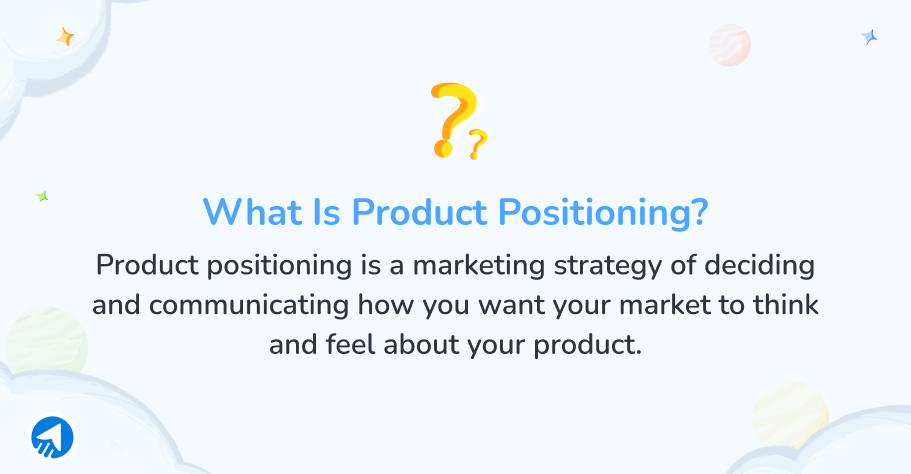
Product positioning is a strategy for finding the perfect market spot for your product. It’s about determining where your product fits best and why it’s better than other options.
For this instance, your product manager should understand the value and context of your product very well.
A wrong product positioning may lead your product to a market where the audience might not notice it or choose something else.
The importance of adopting a product position strategy is many. A perfect product position can help you achieve customer loyalty, competitive advantage, higher sales, a unique value proposition, etc.
In more detail, product position will help you understand your target market and the market message. It will also help your business stay ahead of competitors. So, despite having these opportunities, would you still think about skipping this marketing strategy?
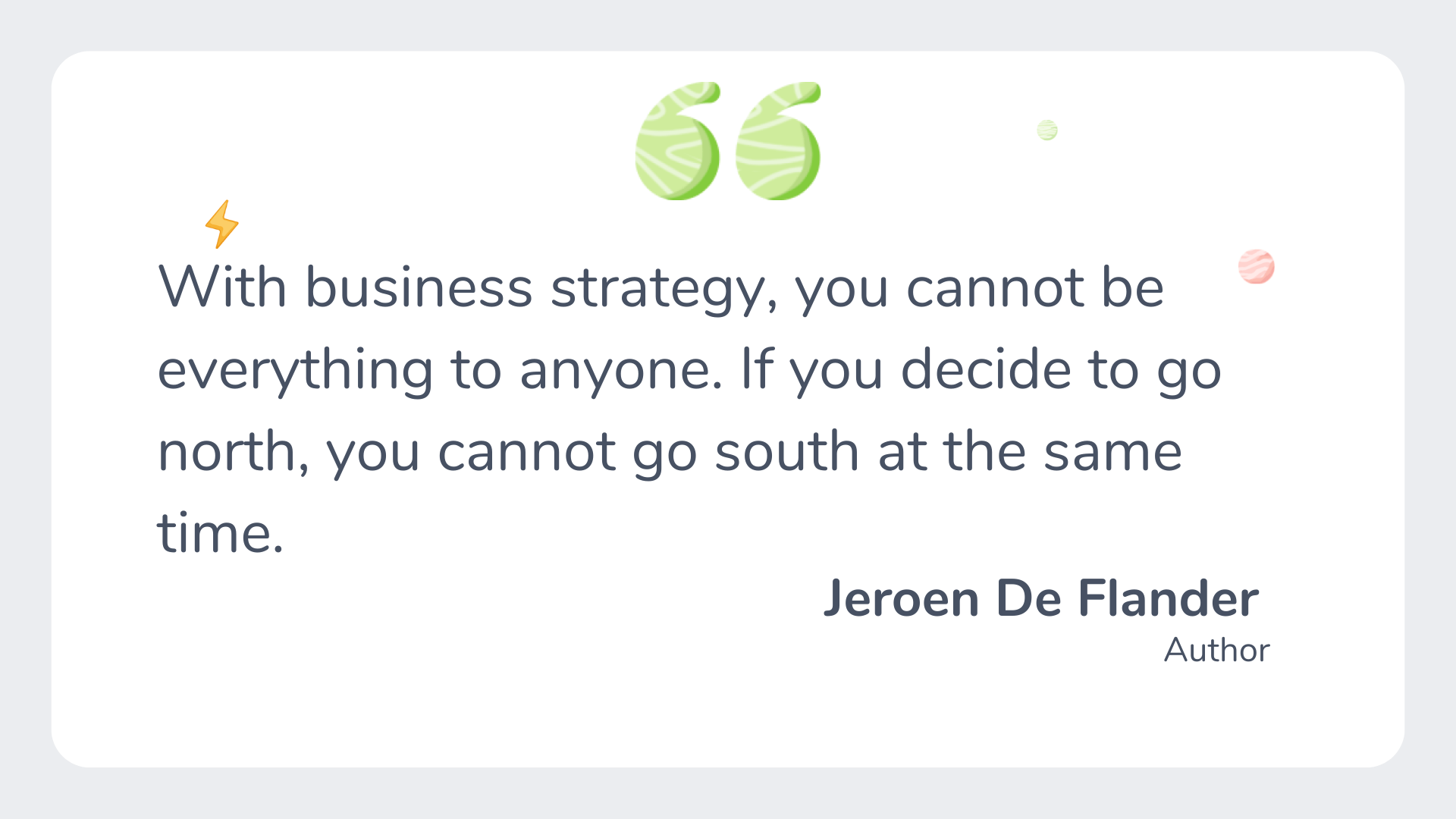
Product Positioning vs. Brand Positioning vs. Market Positioning
Positioning is like finding the perfect spot for your brand or product in people’s minds. For your brand, it’s about creating emotional connections with consumers.
Market positioning ensures that your brand or product stands out from competitors, making customers prefer and stick with it.
Now, let’s have a quick tour of the comparison table of product positioning vs. brand positioning vs. market positioning.
| Aspect | Product Positioning | Brand Positioning | Market Positioning |
|---|---|---|---|
| Definition | A strategy of shaping the customer point of view towards your product. | A strategic approach to shaping the unique value your brand presents to its customers. | A Strategic ability to influence customers’ perception towards your brand or product relative to competitors. |
| Focus | Features and attributes of a product. | Overall perception and image of a brand. | Relative perception compared to competitors. |
| Target Audience | Potential buyers of a specific product. | Consumers and stakeholders of the brand. | Consumers in the broader market landscape. |
| Key Objective | Highlight unique product benefits. | Build emotional connections with consumers. | Establish a distinct market position. |
| Messaging | Emphasizes product features and benefits. | Communicates brand values and identity. | Differentiates from competitors and highlights the value proposition. |
| Scope | Narrow, product-specific | Broad, encompassing the entire brand | Broad, considering the overall market context. |
| Examples | Advertising a smartphone’s camera resolution | Promoting a brand’s commitment to sustainability. | Positioning a product as the premium option in its category. |
How to Position a Product
In marketing, relying on luck isn’t an option; you must craft your success through strategic positioning.
Crafting a positioning statement requires a touch of magic to captivate your target audience’s minds. This magic lies in positioning your product effectively.
Let’s delve into topic and uncover the secrets to success.
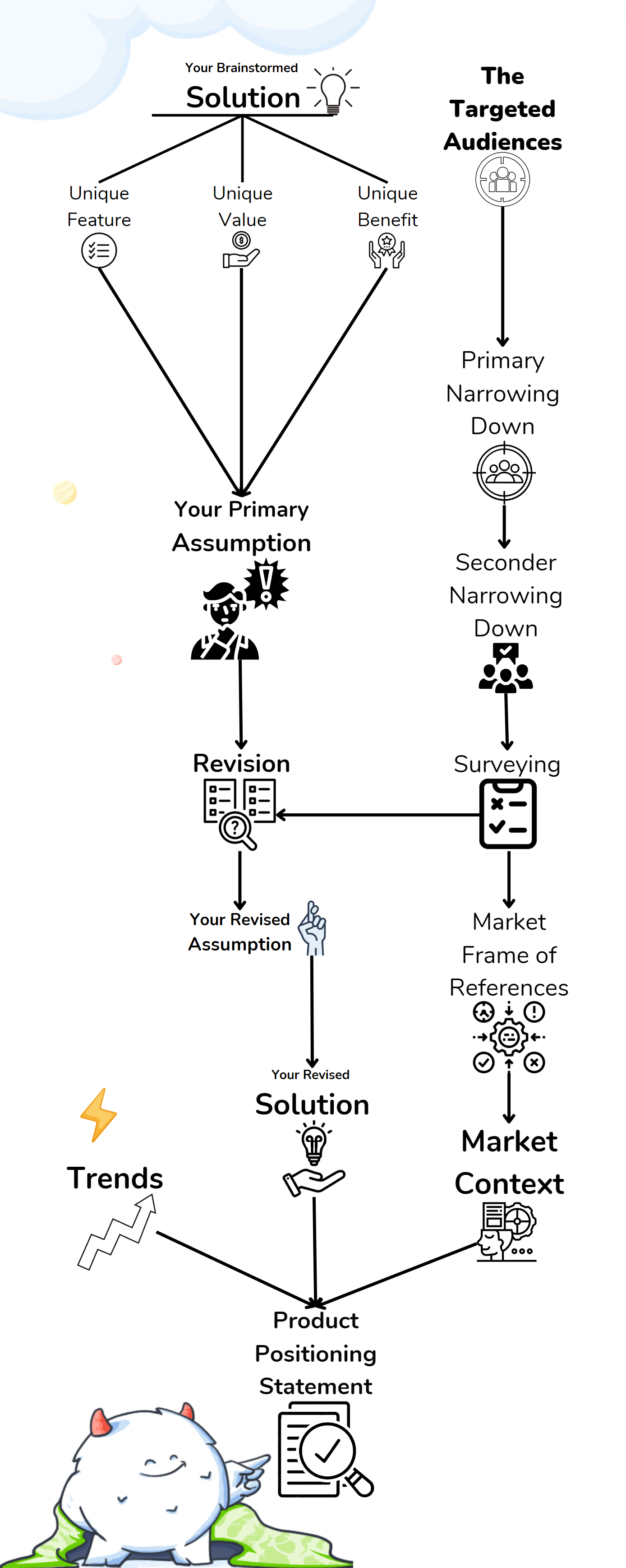
1Identify Your Target Audience
Understanding the target audience is paramount. Knowing your audiences’ interests, needs, and striving, you can serve them the right thing.
This approach increases the sales rate because, after identifying the target audience, there is no chance of beating around the bush.
So, it is apparent that knowing your target audience and their behavior is important when positioning a product.
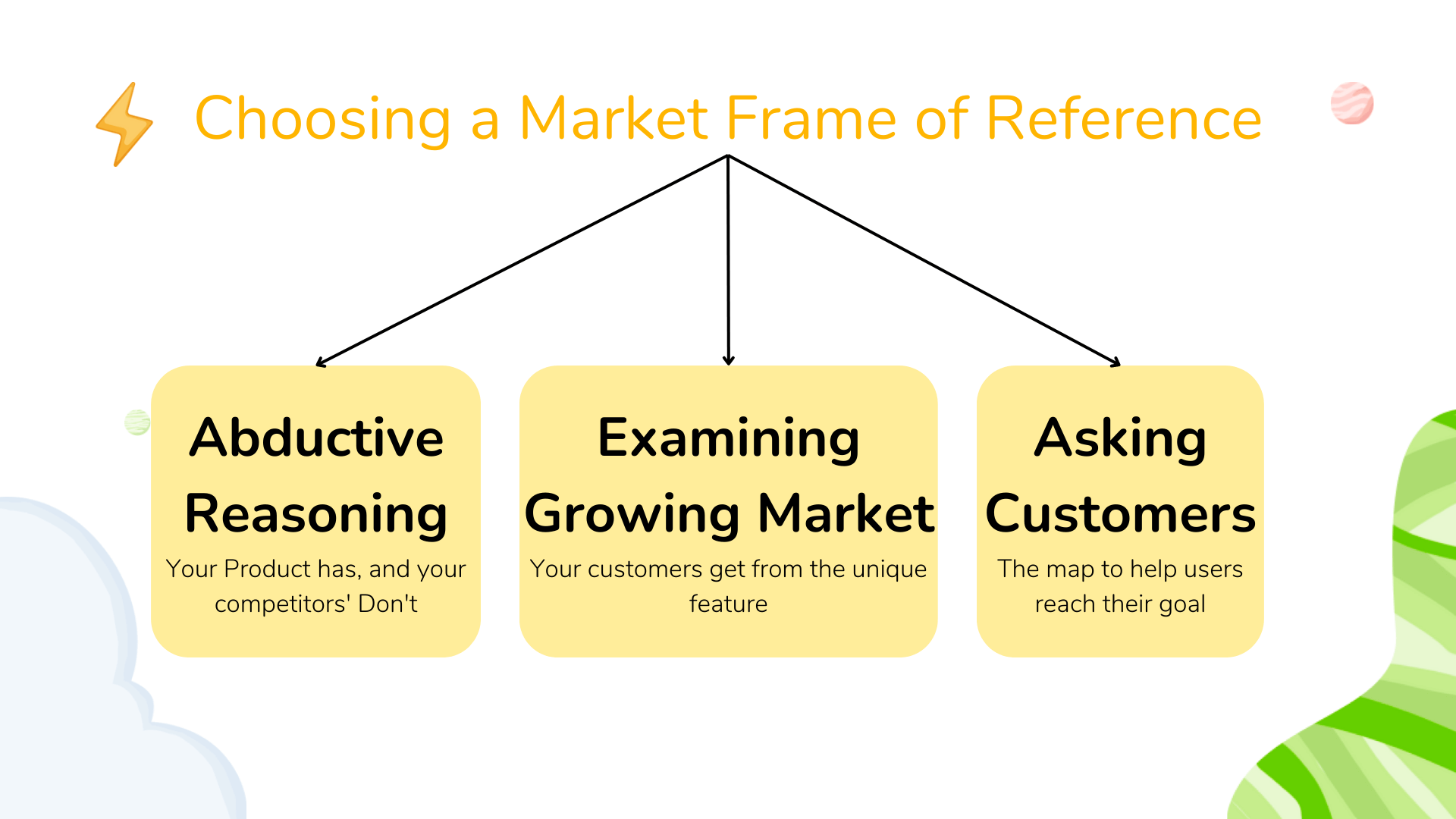
2Conduct Market Research
Once you know who you’re trying to reach, analyze where they gather most. Then research the market—what’s already out there, like what other alternatives have and do.
Market research can help you familiarize yourself with the target market and better position your product. Picking the right market can make your product more successful.
3Analyze Your Competitive Landscape
While researching the market, you’ve found competitors serving products similar to your target audiences.
Now, it is time to analyze their landscape thoroughly. Find out the products they offer, their market position, customer perceptions, marketing strategies, strengths, weaknesses, and potential future moves.
This comprehensive understanding will inform your business planning and help you effectively differentiate your offering.
4Understand Your Product Type
Understanding your product type is critical to positioning it effectively. You can change how customers see it and reach new markets by presenting it in a different category.
For example, a healthy snack bar could be a meal replacement or energy booster. This strategy requires careful planning and communication to resonate with customers and stand out from competitors.
5Ensure Best Quality
Quality or prestige-based positioning involves emphasizing your product’s high quality or prestigious image rather than focusing on its price. This approach aims to attract customers who value superior craftsmanship, reputation, and exclusivity.
By associating your product with excellence and prestige, you can appeal to affluent consumers and differentiate your product from competitors.
This step involves leveraging branding, marketing, and product presentation to highlight the quality of your offering.
6Price Your Product Strategically
Set your product’s price strategically. This means positioning your company as one that offers competitive pricing.
Think about supermarkets—they can offer lower prices because they save on shipping and distribution costs, have high sales volume, and buy goods in bulk.
Because of this, many people automatically choose supermarkets known for affordable prices without looking elsewhere.
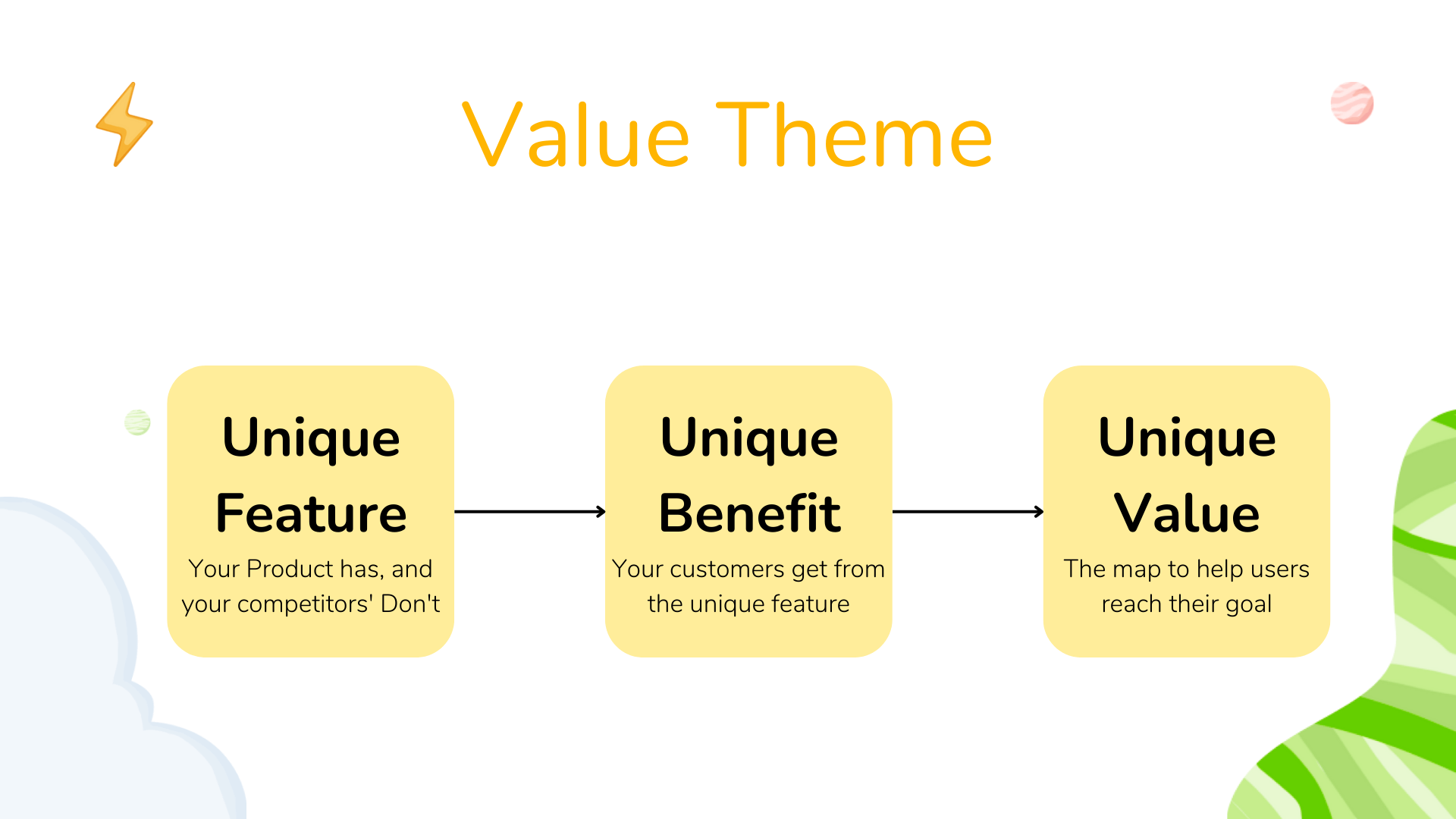
7Define Your Product’s Unique Value Proposition (UVP)
In this stage, you have to learn more about your product and discover the unique value that it can deliver to your target audience.
No audience will look for a product that is neither useful nor beneficial. So, create a community and talk about your UVP to your audiences. Highlight how your product can help them like no other alternative can.
8Create a Clear Product Positioning Statement
A product positioning statement is a message that outlines your product, your target audience, and what makes your product stand out from the competition.
A strong product positioning statement can instill trust in your product. You can display this statement to the communities where your target audience gathers most to boost awareness and credibility.
You are halfway to success once you’ve communicated your positioning statement effectively and gained trust.

9Test Your Product Positioning and Refine
Once you’ve prepared your product, identified your target audience, researched the market, established your UVP, and crafted your positioning statement, it’s tempting to launch right away.
However, it’s crucial to pause and test your findings. Conduct interviews, polls, or other methods to validate your plan.
If things aren’t going as expected, don’t worry. Use the feedback to refine your strategy. If everything is on track, you can confidently move forward to the next steps.
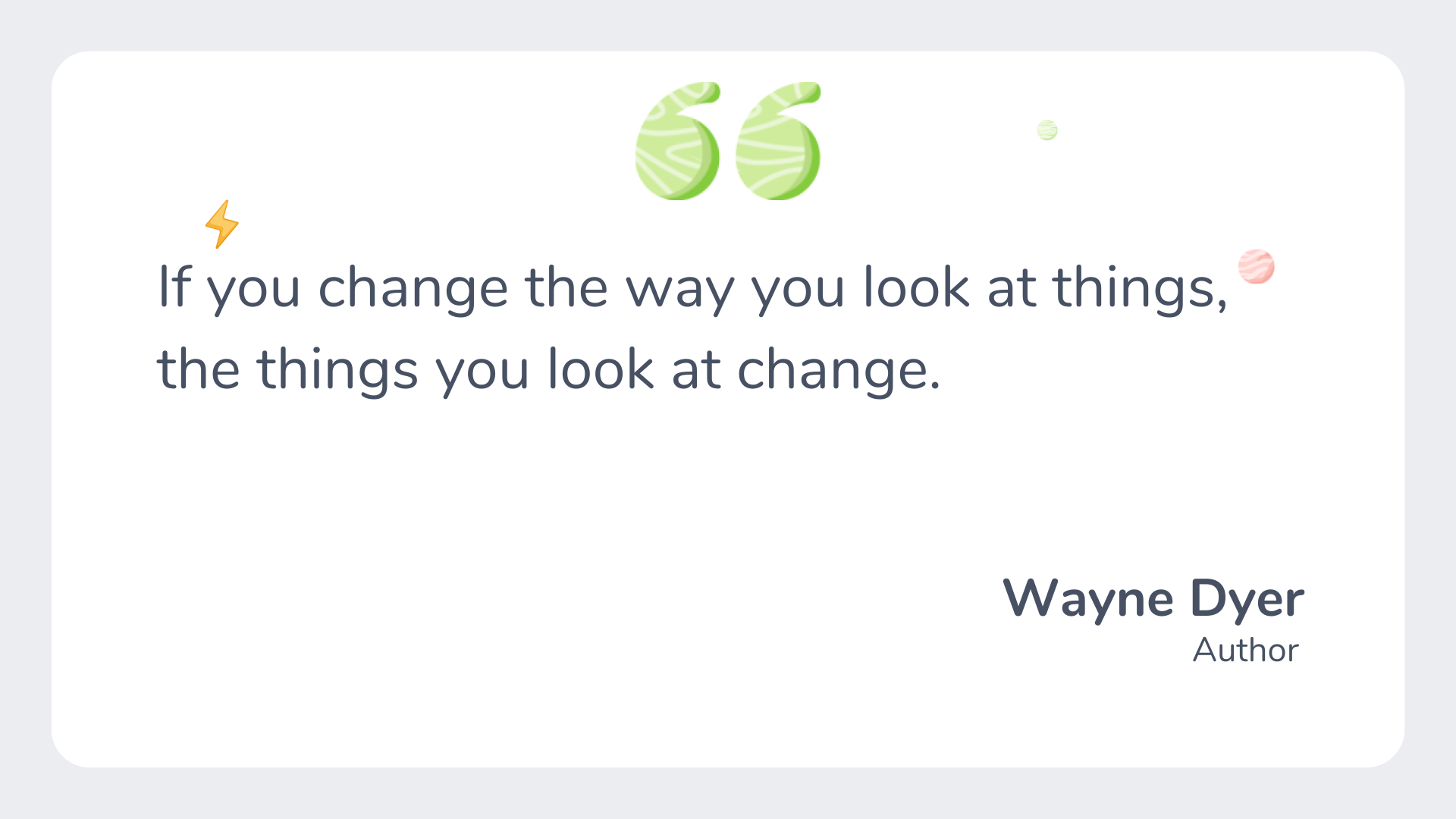
10Monitor and Adapt
Stay alert and ready to change. Monitor the market, listen to your customers, and see how your product is doing.
If things need adjusting, don’t hesitate to tweak your strategy based on what you learn.
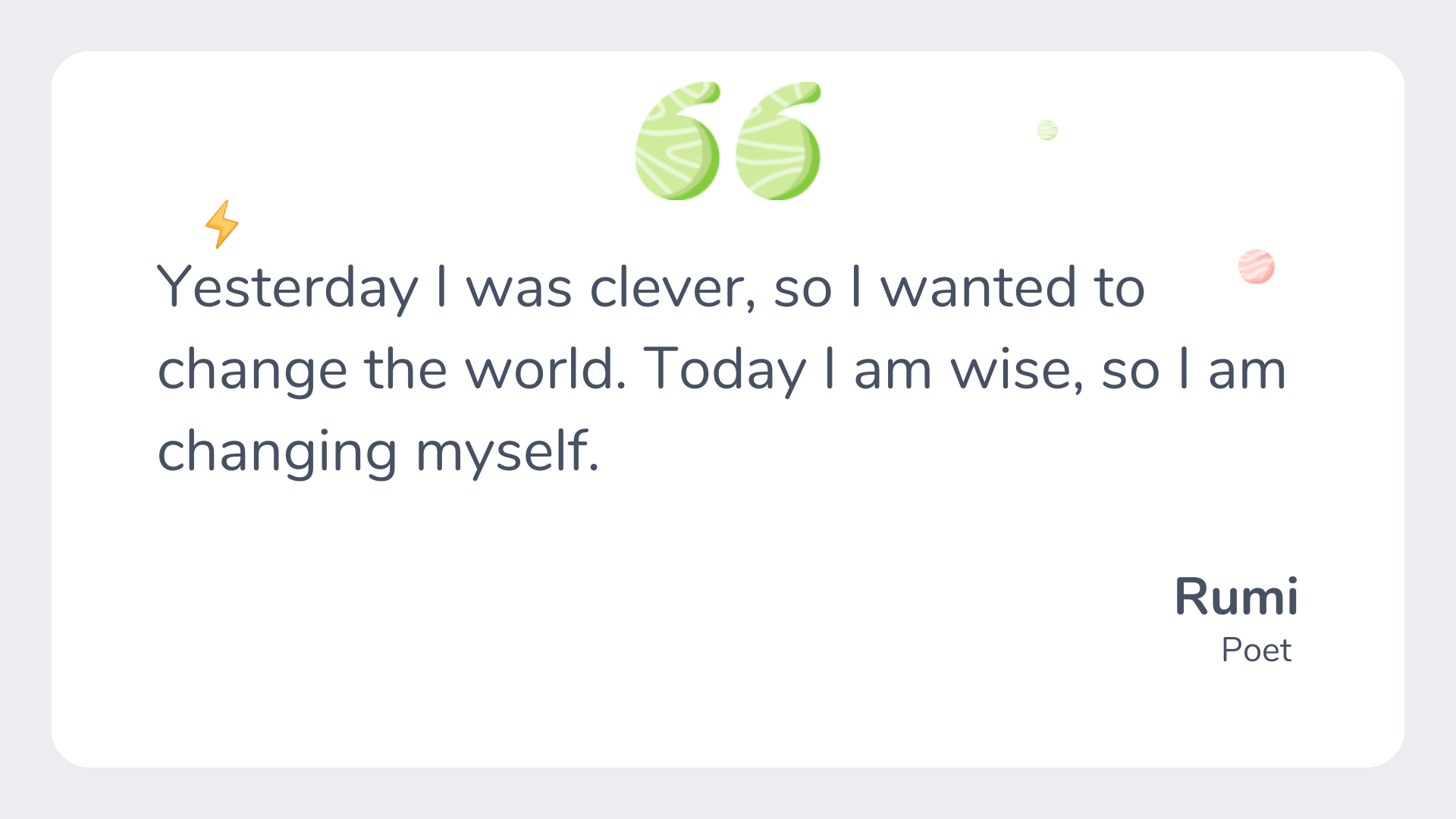
Product Positioning Examples
How about exploring some examples to deepen your understanding of the concept? Let’s examine product positioning examples from 2 well-known companies.
1Coca-Cola
For individuals looking for high quality beverages, Coca-Cola offers a wide range of the most refreshing options—each creates a positive experience for customers when they enjoy a Coca-Cola brand drink.
Unlike other Beverage Options, Coca-Cola products inspire happiness and make a positive difference in customers’ lives and the brand is intensely focused on the needs of consumers and customers.
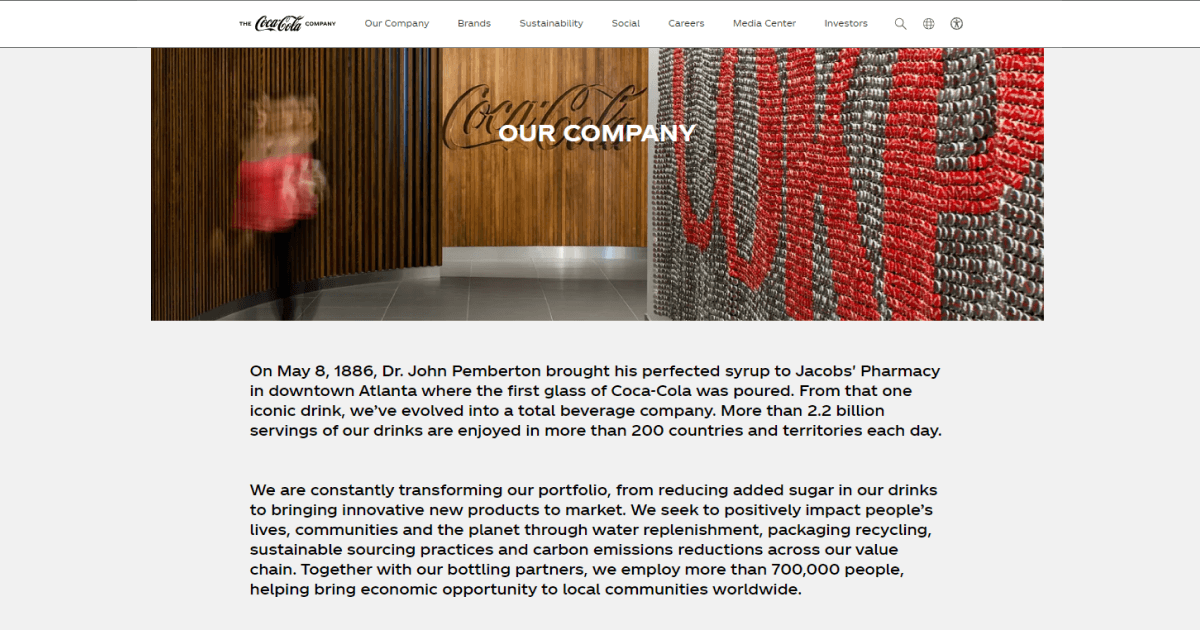
2Nike
For athletes in need of high-quality, fashionable athletic wear, Nike provides customers with tip-performing sports apparel and shoes made of the highest quality materials.
Its products are the most advanced in the athletic apparel industry because of Nike’s commitment to innovation and investment in the latest technologies.

Frequently Asked Questions
Learn more about product positioning from the answers to the frequently asked questions presented below—
1What is a Product Positioning Statement?
The product positioning statement is a brief explanation of your product or service and how it fulfills a particular need of your target market.
2What is Product Positioning Apex?
The product positioning apex is a strategic marketing approach—establishing your product or service’s position in customers’ minds relative to similar products or services in the market.
3What are the 4 Types of Product Positioning?

The 4 types are—
- Trait-based Product Positioning,
- Pricing-based Product Positioning,
- Application-based Product Positioning, and
- Quality-based product Positioning.
4What are the 6 Effective Product Positioning Components?
The 6 effective component are—
- Competitive Alternatives
- Unique Attributes
- Value
- Target Market Characteristics
- Market Category
- Trends
Turn Strategy Into Result
In marketing, success is tangible when you embrace strategic product positioning. Understand your audience, craft compelling messages, and adapt based on feedback to achieve real results.
So, take action and watch your brand thrive in the competitive landscape.



 Contents
Contents
